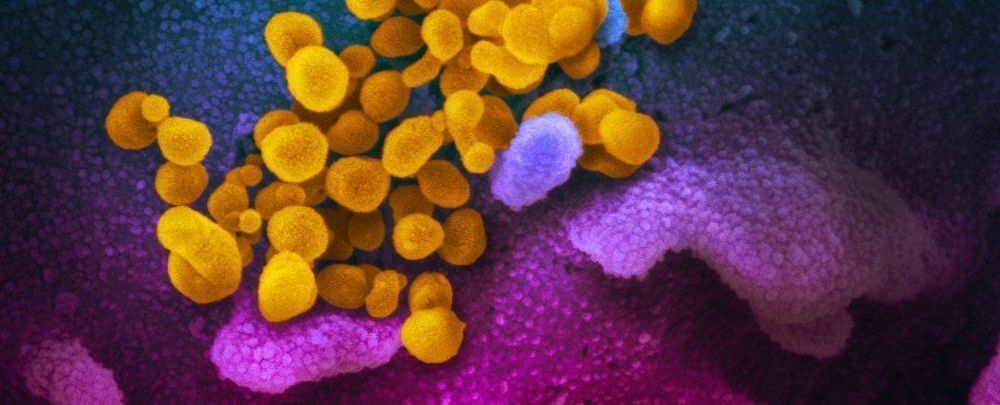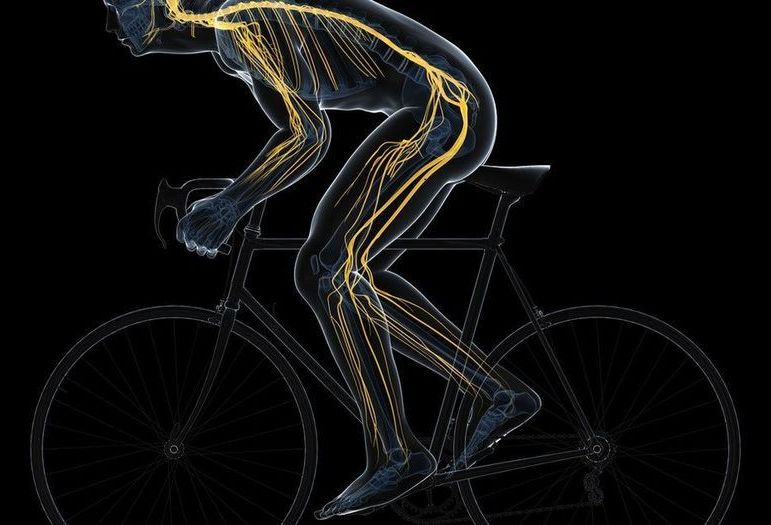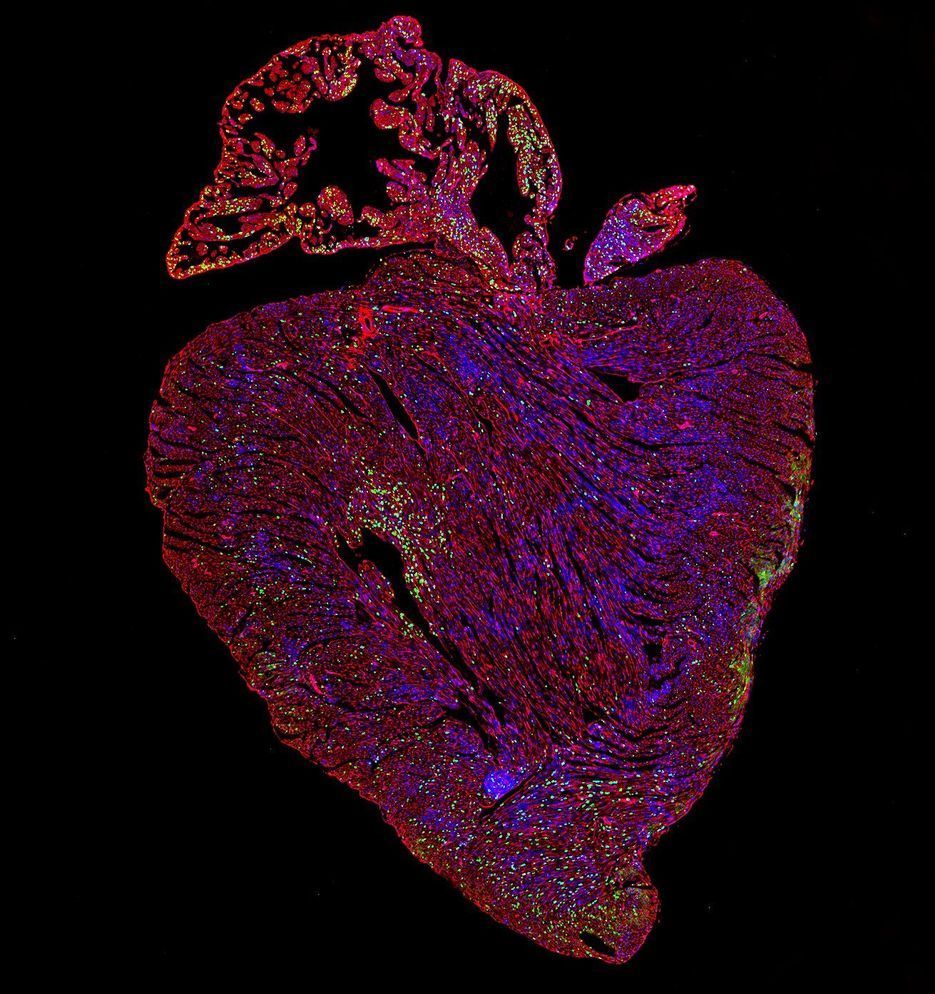Apr 14, 2020
Forget Fuel Tanks and Batteries: This New Electric Jet Concept Uses Air Friction to Generate Power
Posted by Omuterema Akhahenda in categories: space, sustainability, transportation
Designer Michal Bonikowski’s concept is probably four or five generations ahead of the current mode of thinking, but Bonikowski told Robb Report that he was inspired by the recent Maveric concept by Airbus. “That aircraft’s unique design helps reduce drag while providing more cabin space,” he said. “I have been thinking a lot about this lately, and wondered what could happen if a big company would like to create an electric plane.”









 Some doctors are questioning the way ventilators are being used for people with serious cases of
Some doctors are questioning the way ventilators are being used for people with serious cases of 







